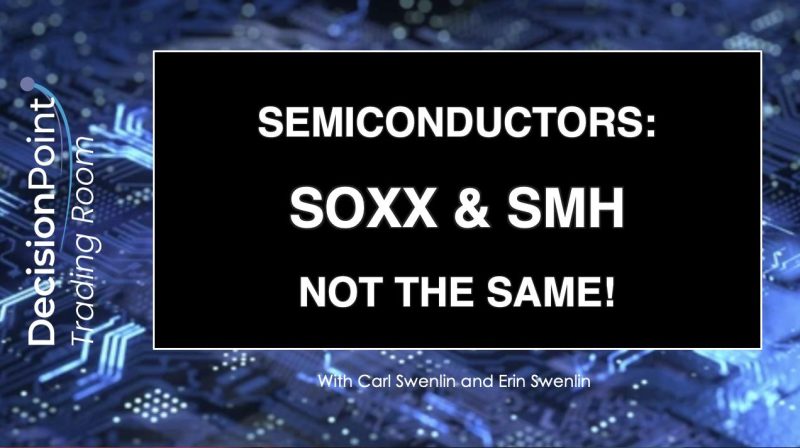Semiconductor Exchange-Traded Funds (ETFs): Unpacking the Differences Between SOXX and SMH
Semiconductor stocks have traditionally been viewed as a vital segment of the tech industry, sparking the interest of investors seeking exposure to this advanced sector. In the world of exchange-traded funds (ETFs), two popular options that represent the semiconductor industry are the iShares PHLX SOX Semiconductor ETF (SOXX) and the VanEck Vectors Semiconductor ETF (SMH). While both ETFs provide exposure to a similar industry, they have distinct features and characteristics that set them apart. In this article, we will delve into the differences between SOXX and SMH to help investors make more informed decisions when considering these ETFs.
Exposure and Holdings
One of the primary distinctions between SOXX and SMH lies in their exposure and holdings. SOXX tracks the PHLX Semiconductor Sector Index and includes large-cap U.S. semiconductor companies like NVIDIA, Intel, and Texas Instruments. In contrast, SMH follows the MVIS US Listed Semiconductor 25 Index and holds a slightly broader range of companies, including both U.S. and international semiconductor manufacturers. This results in a more global exposure for SMH compared to the more U.S.-centric focus of SOXX.
Performance and Volatility
Another crucial aspect to consider when comparing these ETFs is their historical performance and volatility. While both SOXX and SMH have shown strong performance over the years, they may exhibit varying levels of volatility due to differences in their holdings. SOXX, with its concentration on U.S. semiconductor giants, might experience more stability during market fluctuations, while SMH’s diverse international holdings could introduce higher volatility to its performance.
Expense Ratios and Liquidity
When evaluating ETFs, it is essential to consider costs and liquidity. SOXX and SMH have different expense ratios, with SOXX typically having a slightly higher ratio compared to SMH. Additionally, liquidity, or the ease of buying and selling shares in the ETF, is another factor to keep in mind. SOXX tends to have higher liquidity than SMH, making it a more attractive option for investors looking to trade frequently or in large volumes.
Dividends and Yield
For income-focused investors, dividends and yield play a significant role in ETF selection. SOXX and SMH differ in their dividend policies, with SMH generally offering a higher dividend yield compared to SOXX. This could be appealing to investors seeking regular income from their investments.
Final Thoughts
In conclusion, while both SOXX and SMH provide exposure to the semiconductor industry, they have distinct differences that cater to specific investor preferences and objectives. Investors should carefully assess their investment goals, risk tolerance, and portfolio requirements when choosing between these two ETFs. Whether seeking stability, international exposure, income generation, or liquidity, understanding the nuances of SOXX and SMH can help investors make informed decisions and optimize their investment strategies in the tech sector.
